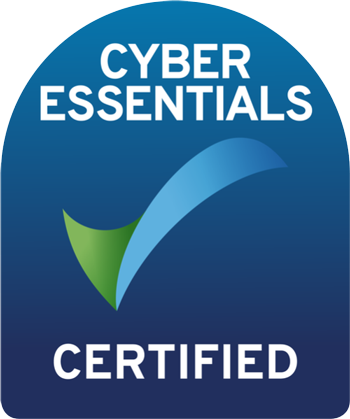Gone are the days when good marketing involved only a recognisable logo, a catchy slogan and TV, radio or print campaign. In a world of social media, influencer marketing, web design, SEO optimisation, email marketing, google advertising, digital PR, and ecommerce, the options are endless – and it can feel like you’re missing out if you’re not doing it all.
There’s no doubt that our digital world has created huge marketing opportunities – it has never been easier for brands to engage directly with their customer base, and target ads to the people who want to see them. However, it also brings challenges. With so many platforms to choose from, when brands try to do everything – without developing a cohesive identity – it can do more damage than good.
That’s where integrated marketing is so important. But what the heck is it!?
Although it sounds like it, integrated marketing isn’t made-up advertising jargon! It’s about keeping things simple. Essentially, a successful integrated marketing campaign will tell an engaging story, and deliver that same message on every platform. Mascots (think Compare the Meerkat), case studies, design and ‘tone of voice’ are all examples of popular storytelling devices in the marketing world. People are hardwired to respond to stories because they stimulate areas of the brain associated with emotional connection. We remember and trust stories, therefore consumers remember and trust brands whose identity is forged through a clear, cohesive and personalised narrative.
So where are businesses going wrong?
The problem with multi-channel marketing is that it can fragment the narrative of your brand. When businesses outsource their marketing to multiple specialists, or try to do everything themselves, without the time or expertise to deliver a cohesive campaign across each platform, it usually results in inconsistent messaging. This confuses customers, who are less likely to remember your brand, or trust your services if they don’t have a clear idea of who you are and what you stand for.
The good news is, as well as vastly improving customer experience, integrated marketing can actually reduce your costs – you can re-use content across multiple platforms to aid narrative consistency. But it’s not always plain sailing – the art of keeping things simple requires thoughtful, meticulous planning and a clear strategy. Here’s how to do it:
Work out what you want to achieve
The first step is to work out your campaign goals – pin down the end results that you want. This might be increasing brand awareness, with a view to driving leads and sales, or to launch your new rebrand. Don’t shy away from numerical targets. Whatever the goal, you need to be aware of it – this is how you will measure the success of your campaign, and it will also inform the message you put to your customers.
Get intimate with your customer base
Who are they, what do they want, and what makes them tick? Developing your story is useless if it falls on deaf ears. Your brand identity needs to resonate with your customers. Whether you want to launch a new product to your existing customers, or position your brand in a new market, you have to get to know the people you want to speak to. Conducting real customer research is invaluable here – analysing what has worked for your competitors and using surveys and focus groups to answer questions like “what social media platforms do our customers use?” can really make the difference between a flop and a success.
Craft your story
Once you have got into the minds of your customer base, it’s time to develop your brand’s story. Focus on what it is that you offer your customers – but don’t get hung up on your service, instead think about the feeling your service gives those who use it. According to their marketing, Coca Cola does not sell drinks, it sells happiness. You need to work out where your brand falls and create a simple narrative around that feeling. But it needs to be concise and accessible, so don’t write a novel!
Choose your channels
A common mistake is to choose what marketing channels you will use at the beginning of the process, and develop campaigns based around their capabilities.
This doesn’t work because if you haven’t yet nailed your own campaign plan, it’s all too easy to get side-tracked by what other people are doing and end up developing content that isn’t right for your brand. Not to mention that if you haven’t done your consumer research, you might find that you are putting a lot of effort into creating content for a platform that your average customer doesn’t use. Don’t panic if you’re not doing everything. A carefully crafted campaign that does a few things really well is far better than a campaign that spreads itself too thin in a chaotic attempt to nail everything at once.
Remember that these platforms are just vehicles for you to get your message across – you need to know where you are going before you set off.
Make sure your marketing agency works as a team
If you’re thinking about getting in touch with an agency, or you’re already using one, you will get the best results when you use a single agency, who can do everything in-house. If you’re contracting out your website to a freelance developer, your google advertising to a marketing company, and doing your own social media, it’s much harder to achieve cohesion. Similarly, marketing agencies that subcontract out their work usually struggle to achieve narrative consistency. Communication between agency departments is vital to ensure a cohesive campaign, so choose an agency that describes themselves as an ‘integrated’ or ‘full-service’ marketing agency and take a look at the work they have done for previous clients to make sure they are skilled at developing great stories for their brands.
As we’re an integrated marketing agency, we could be just the team you are looking for. Get in touch and let’s have a chat.

